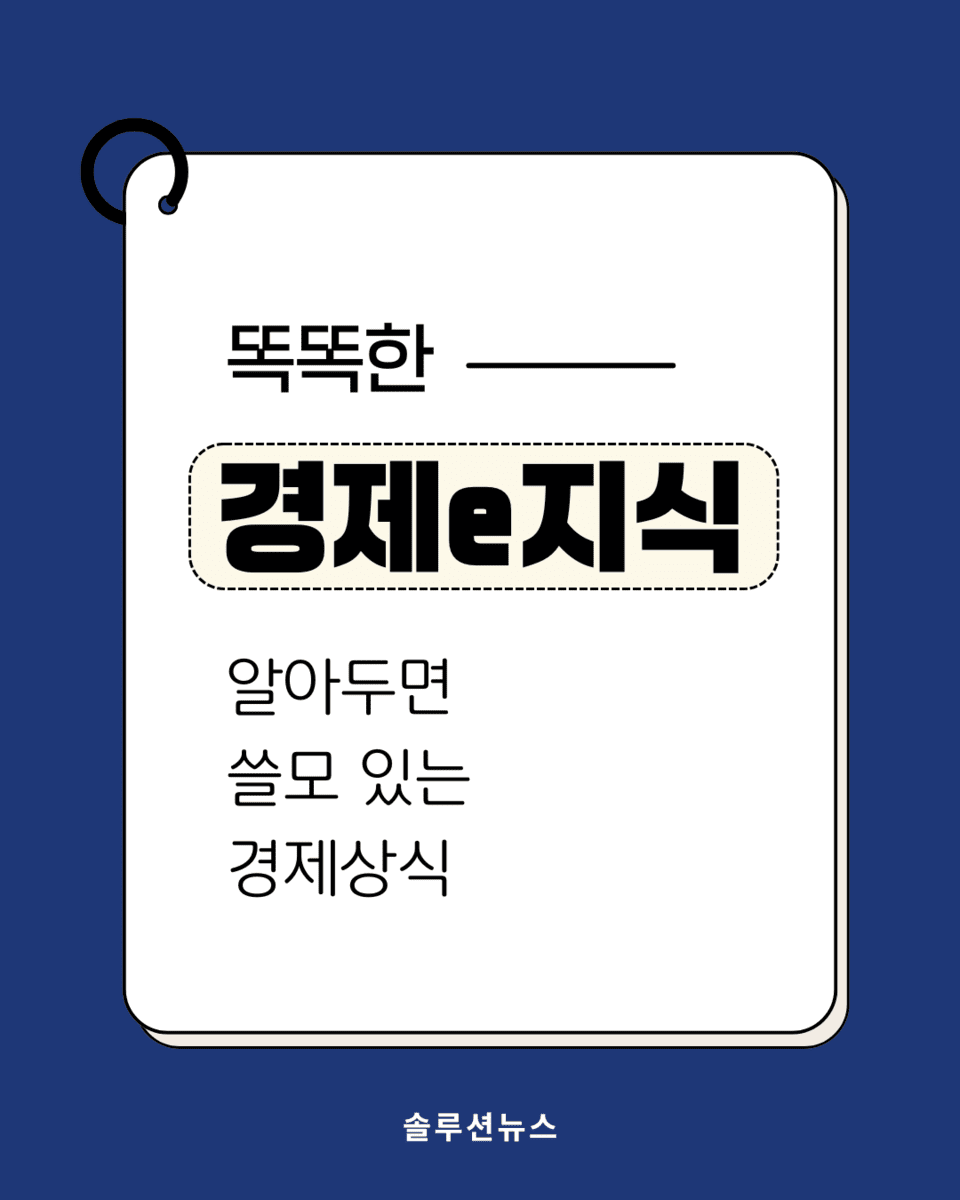Private Equity Fund is a non-public fund that only a limited number of investors can participate in, unlike public offerings. Prioritizing autonomy and profit over investor protection, it extensively manages large-scale capital, making it widely utilized in areas such as corporate mergers and acquisitions (M&A), restructuring, and venture investment.
Private equity funds typically have a closed structure, making mid-term redemption difficult after subscription, and the minimum investment amount is high, measured in billions of won. Unlike public funds, its asset management methods and information are not disclosed to the public. Participation is generally only open to investors with certain levels of expertise and asset size, making it difficult for the general public to access.
Historically, the number of investors in a private equity fund was limited to below 49, but a revision of the Capital Market Act has eased this to below 100. However, general investors, who do not meet qualifying conditions, are still restricted to 49 participants. Including professional and institutional investors, a maximum of 100 can be recruited. This legislative change is interpreted as a move to increase the flexibility and investment base of the private equity market.
A management-participating private equity fund focuses on directly engaging in the management of the investee company to enhance its value. For example, domestic and foreign private equity funds like Hahn & Company and MBK Partners acquire companies with high sale potential, restructure them, and offer them back to the market. This process can transform the company’s profile, but side effects such as workforce reduction can occur for short-term profit realization.
Professional investor-type private equity funds invest in securities such as stocks and bonds for short-term profit. In this case, investors discuss and entrust funds according to asset management company strategies. Performance fees and management fees are typically higher than those of general funds.
While private equity funds offer high return potential, they also carry significant risk. Their non-public nature results in lower transparency of management details and can place them in a regulatory blind spot. As seen in the Lime and Optimus incidents, if the fund structure is complex and the investment destination is unclear, investors may incur massive losses.
The private equity fund market has grown rapidly even in South Korea. According to the Korea Financial Investment Association, by the end of 2024, the net asset size of local private equity funds reached 663.1 trillion won, an increase of over 40 trillion won from the previous year. This indicates the continuously expanding proportion of private equity funds in the overall asset management market.
The government has been pursuing improvements in the private equity fund system. Efforts have been made to strengthen professionalism and responsibility while extending protective measures for general investors, including internal control reinforcement for asset management companies, expanding mandatory disclosures about investment targets, and introducing conflict-of-interest prevention systems.
Private equity funds are tools for pursuing high returns and a private investment method that efficiently distributes capital. However, they inherently possess limits like information asymmetry and closedness. Investors must fully understand the investment structure and engage with an awareness of the risks they can bear.
